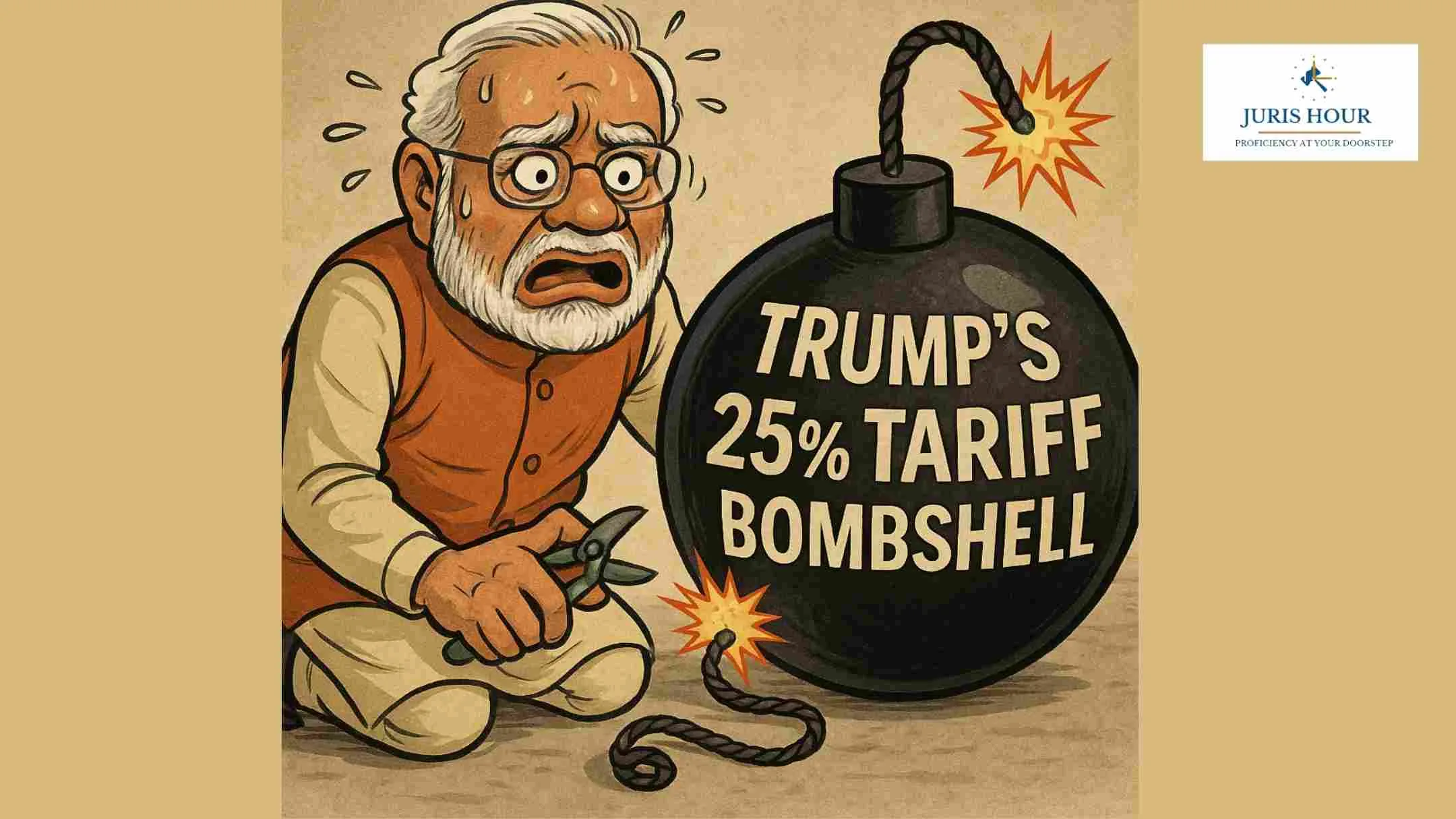India is going into full diplomatic and economic overdrive after the U.S. President Donald Trump dropped a trade bombshell—imposing a 25% tariff and undisclosed penalties on all Indian imports starting August 1. The unprecedented move, linked to India’s defense and energy ties with Russia, threatens to derail key export sectors and sour relations between the two democracies.
As the dust settles, New Delhi is racing to erect economic defenses and strike back through legal, tactical, and diplomatic means.
Shock and Strategy: India’s Multi-Front Response
Caught off guard by Washington’s abrupt escalation, India is activating emergency measures to blunt the impact and negotiate a reversal.
Short-Term Economic Countermeasures
Foreign-Trade Zones (FTZs):
Indian exporters are being guided to use U.S. FTZs to defer or bypass tariffs, particularly for goods that may be re-exported.
Tariff Engineering:
Exporters are actively exploring lawful product redesign to qualify for lower-duty codes, a tactic already used by some Southeast Asian countries.
Diversion of Routes and Markets:
India plans to reroute exports through tariff-free hubs like the UAE and Oman, and expand into non-U.S. markets including Europe and Southeast Asia.
Strategic Offensive: Trade Talks, Shields, and Scale
While managing short-term shocks, India is recalibrating long-term trade architecture.
Bilateral Deal on Fast Track:
Talks are underway to finalize a comprehensive trade pact with the U.S. by October. India is reportedly offering concessions on $23 billion worth of U.S. imports—primarily in defense and energy—in return for tariff relief.
Tariff Shield for Electronics:
The Ministry of Electronics and IT (MeitY) is lobbying for special treatment for Indian electronics, arguing they should not be lumped with Chinese-origin goods.
Domestic Scaling and Modernization:
India aims to improve manufacturing scale, lower costs, and move up the value chain to make its exports less vulnerable to future tariff strikes.
Sectoral Frontlines
| Sector | Strategic Measures |
| Apparel | Automate production, shift HS codes, target Europe and UK |
| Jewelry | Route via third countries, focus on premium branding |
| Electronics | Push for U.S. exemptions, add American components to exports |
| Pharma | Move to complex generics and secure WTO-compliant trade backing |
Political Blowback and Global Ripples
The Opposition has slammed the Centre for not anticipating Trump’s move. “We should have seen this coming,” said senior Congress leader Shashi Tharoor. Critics argue that India failed to leverage its geopolitical leverage, while smaller competitors like Vietnam and Bangladesh remain exempt or face lower tariffs.
Economists warn that the tariff could wipe out 0.4% of India’s GDP growth, disrupt export-linked jobs, and spark inflation in U.S. retail chains dependent on Indian goods.
Meanwhile, U.S. retail giants such as Amazon and Walmart are lobbying behind the scenes to limit disruptions ahead of the crucial holiday season.
India’s Trade Gamble Begins
The government’s message is clear: India will not be bullied into retreat. With a blend of trade law, backroom diplomacy, and export reconfiguration, New Delhi is betting it can withstand the heat—and maybe even turn the crisis into leverage.
But the clock is ticking. The next round of Indo-U.S. trade talks in mid-August could decide whether this tariff war escalates—or ends in a truce.


